Service animals can change lives, making travel and everyday life easier for people with disabilities. If you're planning a trip with a service animal this summer, here are some tips to make it as smooth as possible.
What is a service animal?
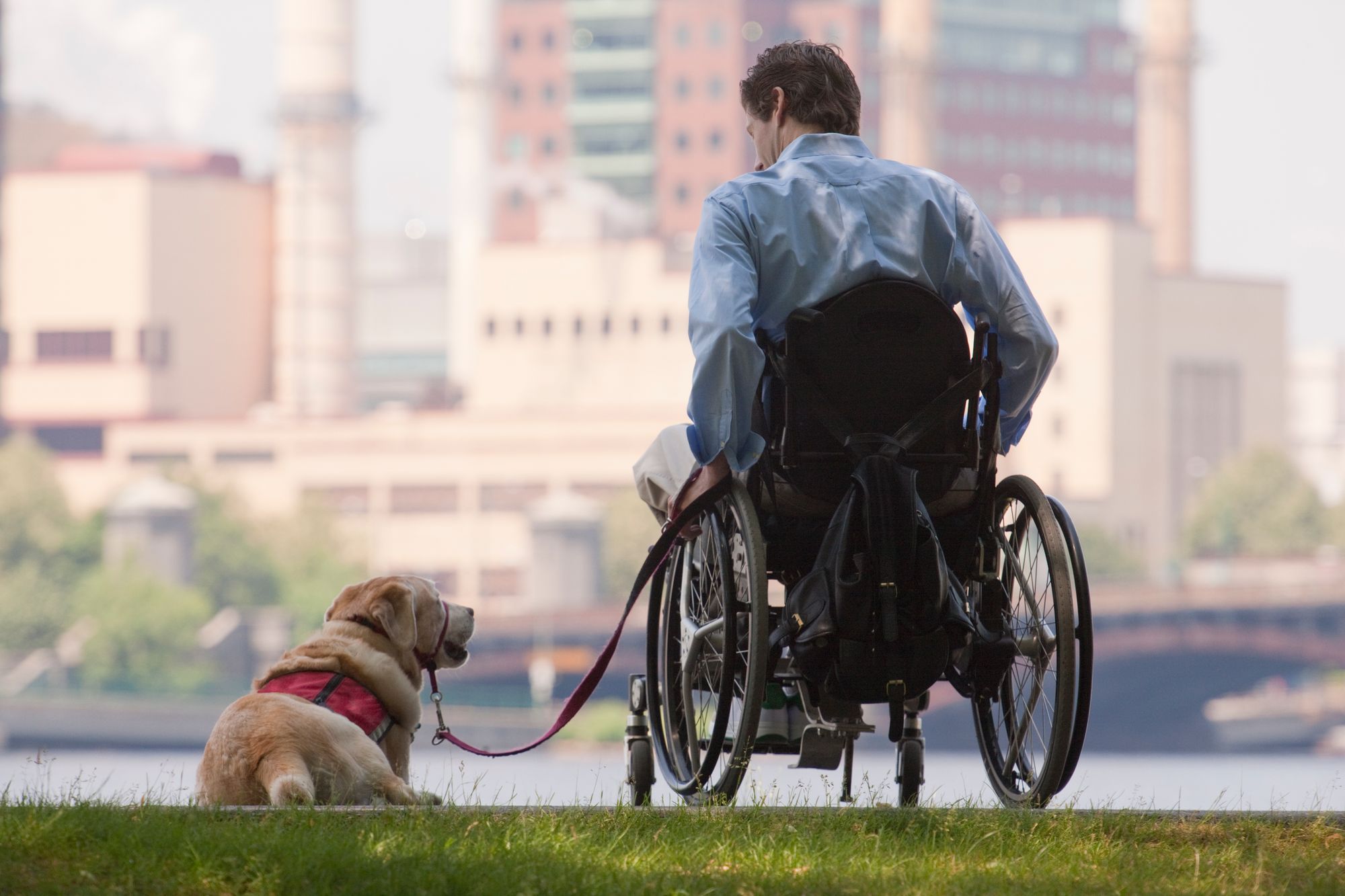
The Americans with Disabilities Act (ADA) defines service animals as: "dogs that are individually trained to do work or perform tasks for people with disabilities." This can include dogs who guide people who are blind, alert people who are deaf, pull a wheelchair, alert and protect a person who is having a seizure, or other duties.
Service animals are working animals, not pets. Their work is directly related to a person's disability. In the United States, approximately 500,000 service dogs are helping people.
Where are service animals allowed?
Just about anywhere! Under the ADA, businesses that serve the public must allow service animals to accompany people with disabilities in all areas of the facility where the public is allowed to go.
Allergies and fear of dogs are not valid reasons for denying access to people using service animals, according to the ADA. A person with a disability can't be asked to remove their service animal unless the dog is out of control or is not housebroken.
The ADA does require that service animals be harnessed or leashed when they are in public.
While the ADA states that staff cannot ask about the person's disability, require medical documentation, or ask that the dog demonstrate its ability, travel blogger Leah says she makes a courtesy call to let businesses know she will be visiting with her service dog, Haupia.
"We always make sure to give a courtesy call to the hotel or restaurant to let them know we have a service dog and most places are accommodating," Leah said. "If there's every any question, we explain about the ADA laws. It's just about spreading awareness and educating people about the laws regarding service dogs."
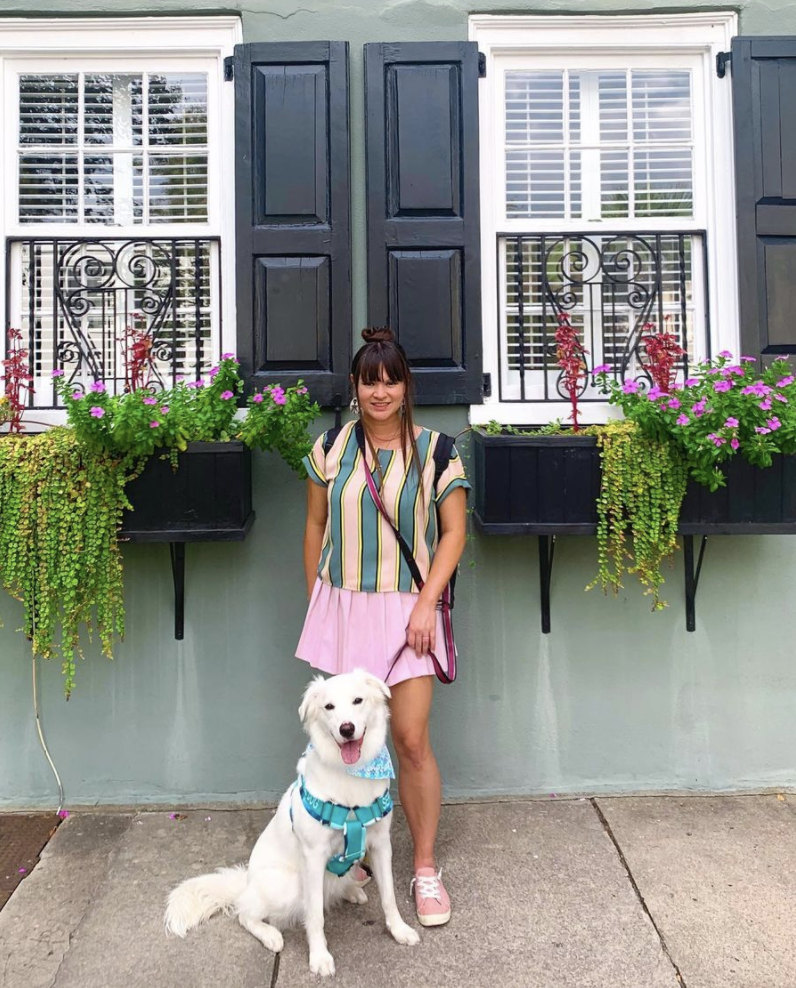
Flying with a service animal for the first time
If it's your service animal's first time flying, there are a few things to keep in mind that you might not think of. Service animal educator Mikhaila, who studies service animal legislation, shared her top tips for your service dog's first flight.
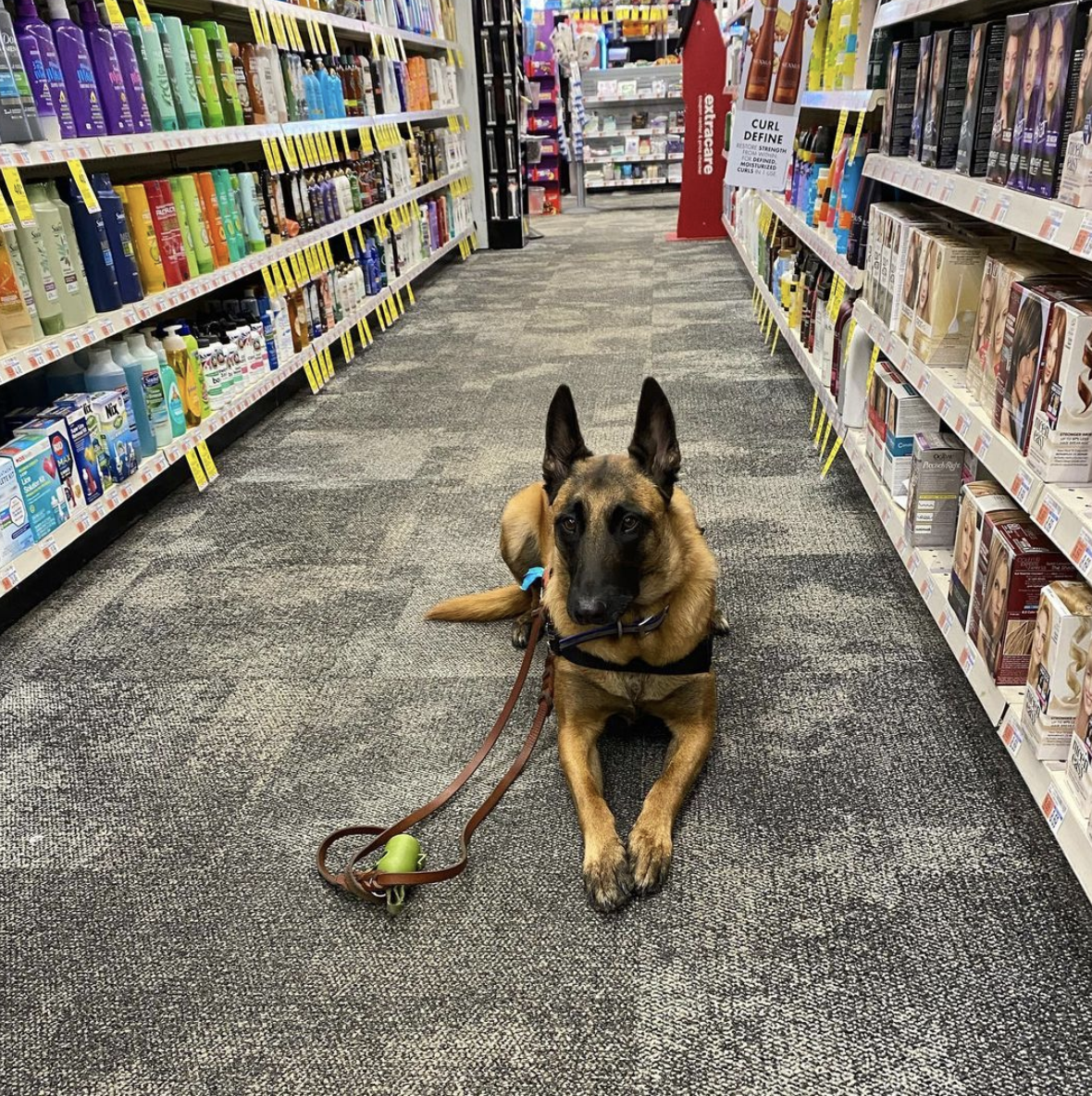
1. Make sure your dog is fully trained and up to date on all vaccines. This means your dog has a solid foundation in basic and advanced obedience and is fully task trained and potty trained. With potty training, your dog knows how to potty on command and won’t have accidents.
2. The day of the flight be sure to exercise your dog. Give them time to have a good play session and run around to stretch their legs. Make sure you don’t overdo it. You don’t want them to be exhausted for the flight.
3. Going through security isn’t as scary as it seems. When I was at Logan International Airport, they gave me the option of leaving Quinn’s gear on and had her walk through the scanner by my side. Some airports may have your dog to go though the scanner after you. So make sure they have a solid “stay” command.
4. Any animal can get stressed, even well trained ones. Instead of bringing sedatives which can alter a dogs personality, I brought Composure with me. It’s a natural chew that lasts four hours. It helps mellow out dogs without the side effects of sedatives. I brought it with me in case I needed it for Quinn for my own peace of mind.
5. Use lots and lots of car rides to get your dog used to flying on a plane. Enlist the help of a family member or friend to drive around with you and your dog. Ride in the front seat with your dog laying at your feet to get them used to being in tight spaces and to desensitize them to the bumps and vibrations of the car. This simulates the same sensation of being on a plane. Driving over bumps imitates the feel of turbulence.
Be prepared
Travel blogger Audrey shared her top tip from her experience traveling with her service dog, Atlas: do your research and be prepared. "Know beforehand what airports you will have connections at and where the pet relief areas are," Audrey advised. She also suggest bringing plenty of treats for "small reassurance."
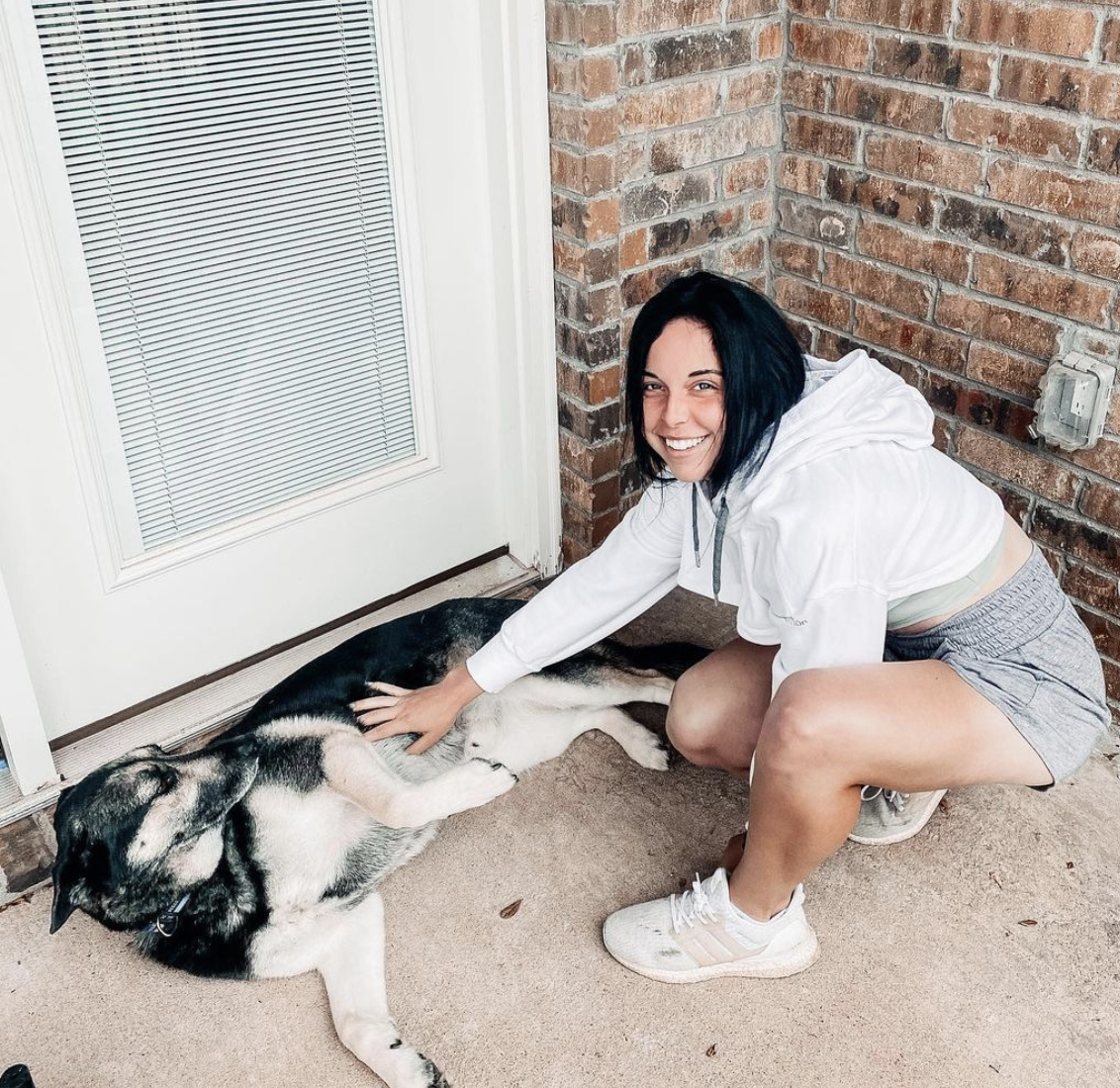
The free Where to Go smartphone app helps find directions to animal relief areas at US airports and can make your search much easier.
Do your homework with your airline before your trip and submit any documentation required in advance (every airline has different requirements). On the plane, service animals can be in the space under the seat in front of you, or on your lap in some cases. Animals can't block aisles or other areas that must stay clear for safety.
"When booking your flight, be sure to get a seat with the most space," Mikhaila recommended. "Bulk head seating is the way to go when flying with a service dog. First class is also a good option if it’s in your budget. Depending on the size of your dog, you may need to purchase more than one seat."
What to bring when traveling with a service dog
Mikhaila recommends bringing a carry-on with all the essentials your dog may need: an extra collar and leash, dog food, treats, water, collapsible bowls, baby wipes and pee pads in case of an emergency.
Travel blogger Amber has been on 70 flights with a service dog and recommends Lishinu for airports, an intelligent hands-free retractable dog leash. "The airport has been a breeze, even with a dog, wheelchair, and luggage," thanks to Lishinu, Amber said. "He’s leashed as required by law, but I don’t have to use my hands to hold it. He’s able to pull me safely, stay close in crowds, retrieve items up to 10 feet away, and even take potty breaks without any problems."
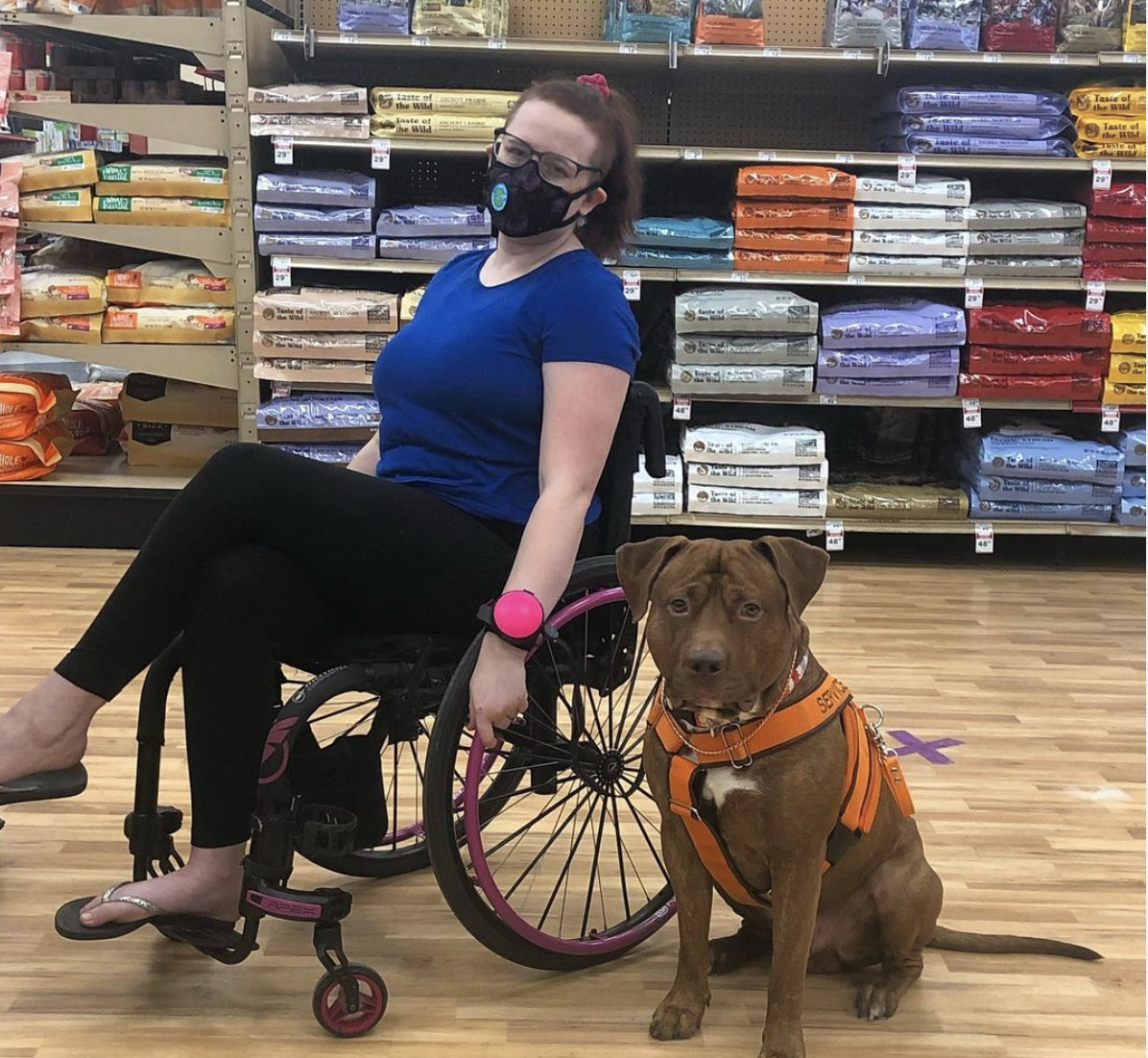
Traveling with her service dog Emmett has allowed her to have experiences and see the world in ways she wouldn't be able to without him, Amber shared. "He’s such a professional and is able to handle any new situation thrown at him," she said. "I couldn’t be more proud of where we are as a team."
HomeExchanging with your service animal
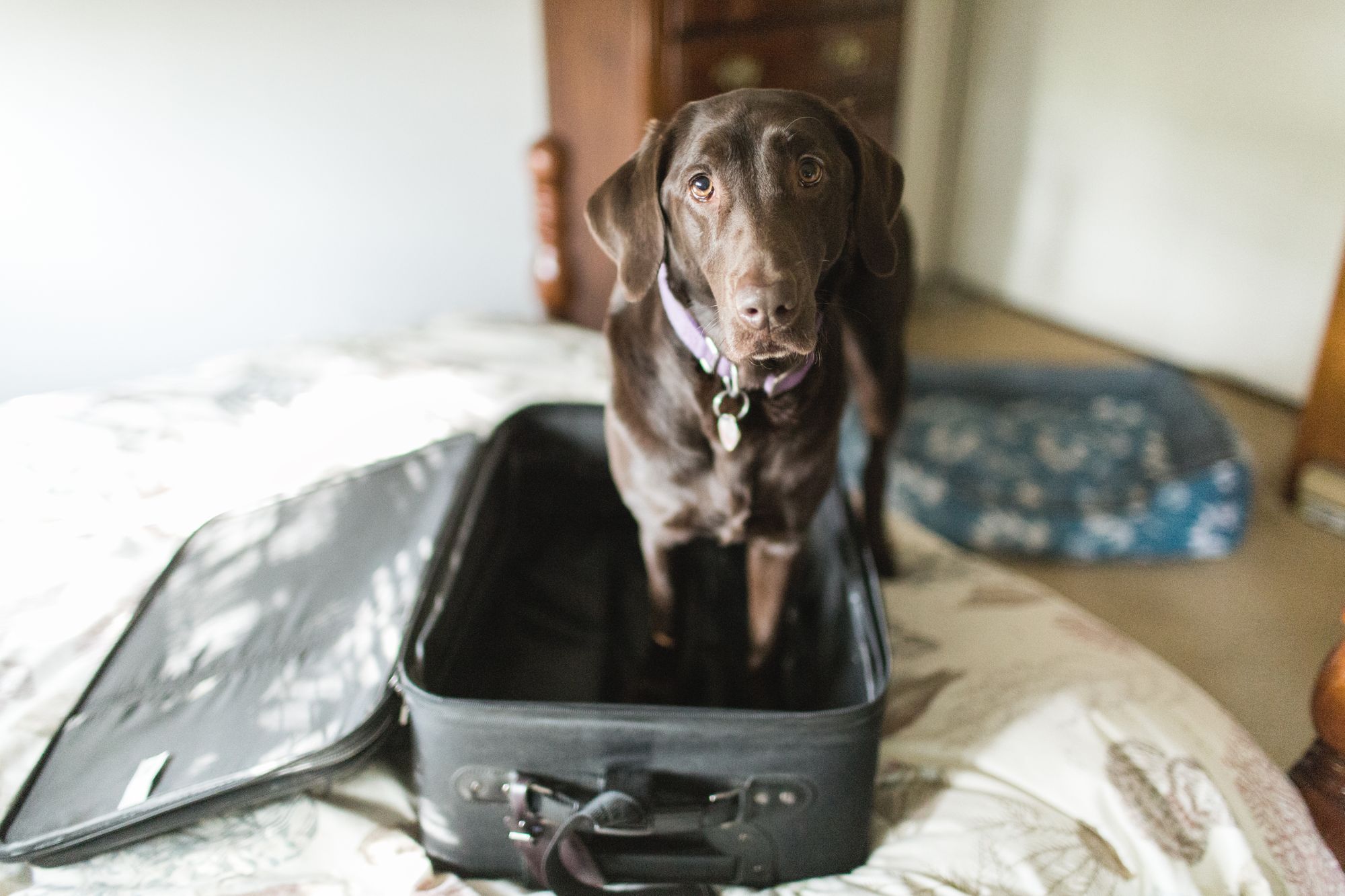
At HomeExchange, our mission is to make travel easy and affordable for everyone. We understand that organizing vacations can be stressful for anyone, so we created the "disabled access" filter on our website, allowing members to filter homes adapted to their needs for their next vacation. People with disabilities can easily browse thousands of homes that have been labeled as well suited for people with disabilities.
Signing up for HomeExchange is free, so you can start communicating with members as you organize your next vacation. You are only required to pay the annual membership fee when you're ready to finalize your first exchange.
With the membership, whether you are a host or a guest, you can be sure that you will be supported 24 hours a day, 7 days a week and covered in the event of unforeseen events with our guarantees.
With some preparation and patience, traveling with your service animal can be a great experience and make traveling much more accessible. Plan your summer HomeExchange with peace of mind knowing you will be welcomed by an open, supportive community of fellow travelers eager to welcome you and your service animal.
